Today I am reviewing the best digital camera for film photographers, my latest digital camera setup to achieve images similar to the Contax 645 with Zeiss 80 mm f/2 lens. With the discontinuation of Fuji 400h film and the increasing prices of Kodak film, photographers who love film have been looking for ways to save money and finally achieve a digital image that they love as much as their film images.
Kipon 0.8X Focal Reducer for the Contax 645 to GFX
At the end of 2022, Kipon created a new Contax 645-GFX AF focal reducer adapter that was exactly what Contax 645 fans have been looking for. This adapter connects the beloved Zeiss 80 mm lens to the Fuji GFX cameras AND is a 0.8X focal reducer. This means that on the Fuji GFX medium format sensor, the Zeiss 80mm has an almost identical focal length and depth of field to the Zeiss 80 mm f/2 lens on the Contax 645 film camera (50 mm, f/1.2). Previously photographers had been using a Fringer adapter to adapt the Zeiss 80 lens to the Fuji GFX cameras. The Fringer and Kipon’s non-optical adapter can connect the lens and camera, but it would appear more zoomed in than what a Contax 645 shooter is used to at 63 mm with f/1.6 DOF equivalent.
In addition to matching the focal length and depth of field equivalent to the Contax 645, the Kipon 0.8x focal reducer has autofocus capability. For those who use Contax 645 autofocusing (I do not) or wish they had reliable autofocusing with film image quality, this combination is thought to be the holy grail of digital camera setups.
Testing the GFX50S with Zeiss 80 mm Lens and Kipon Adapter
I recently picked up a used GFX 50S to take this combination for a test drive to see how well I can mimic my Contax 645 film images. All digital images were edited with The Archetype Process profiles and all film images were shot on Fuji 400h, developed and scanned by Richard Photo Lab.
Creative Direction, Hair and Makeup by Jen Lagers, model Alaina from Heffner Management, Florals by Callarose and Co, Dress from Nyanza Bridal.
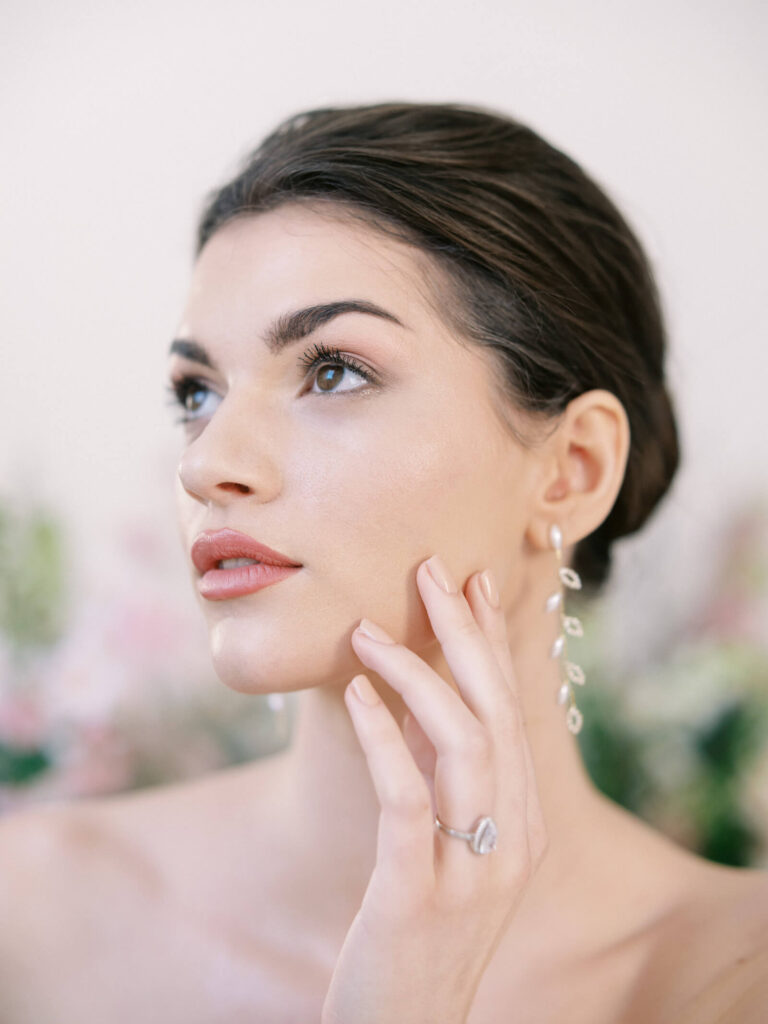
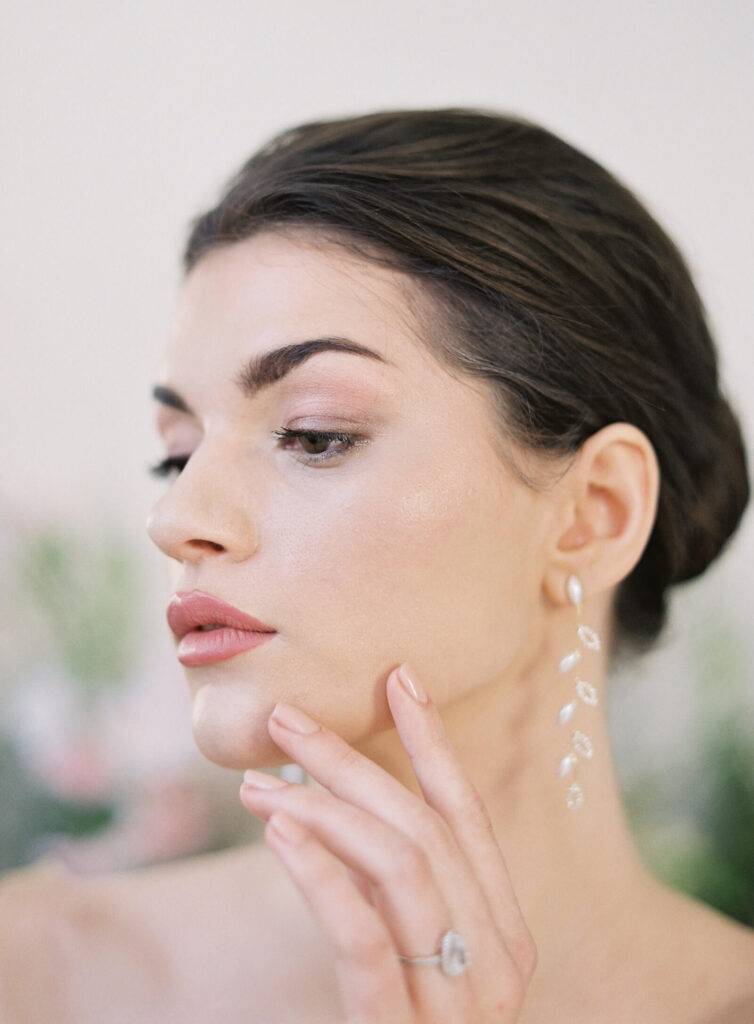

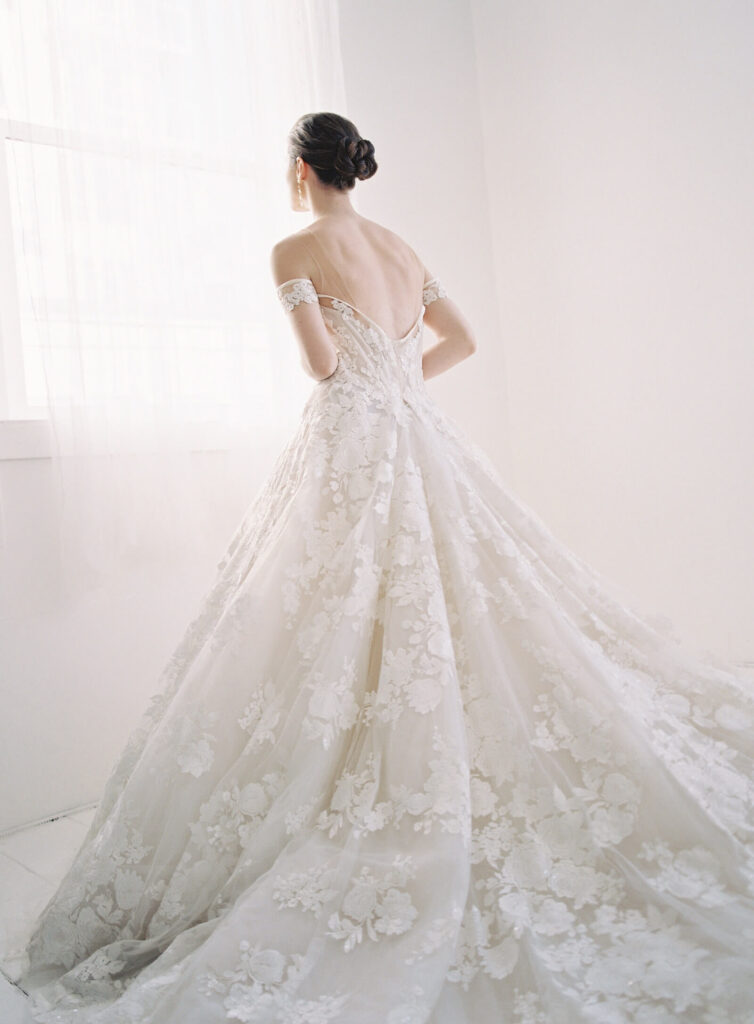
Image Quality of GFX 50S with Zeiss 80 mm lens
The image quality is hands down the best part of this camera/adapter/lens combination. In the 10 years that I have been photographing weddings and shooting film and digital (hybrid), I have never achieved images as close to my film images from the Contax 645 as with this digital camera setup. The bokeh on the Zeiss 80 mm is smooth like butter, with character that is indescribable. It is what makes the images from this lens spectacular – nothing compares. There is a little bit of vignetting on the edges but it is a quick fix in Lightroom. It is no big deal in my opinion. Simply put, I love my digital images finally!
Editing these files is pretty straightforward in Lightroom. I use a similar process as I do with my Nikon setup to dial in the skin tones and colors. After editing, I find it extremely difficult to tell the difference between the two. I often cannot tell the difference and frequently find myself drawn to the digital photos more!
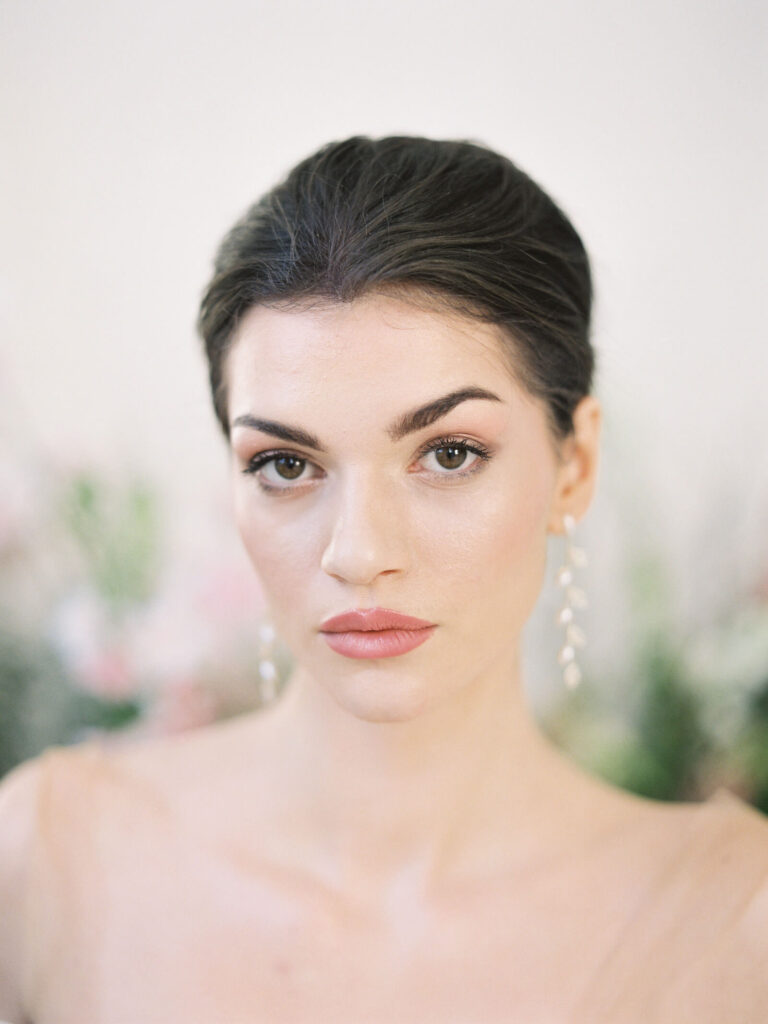
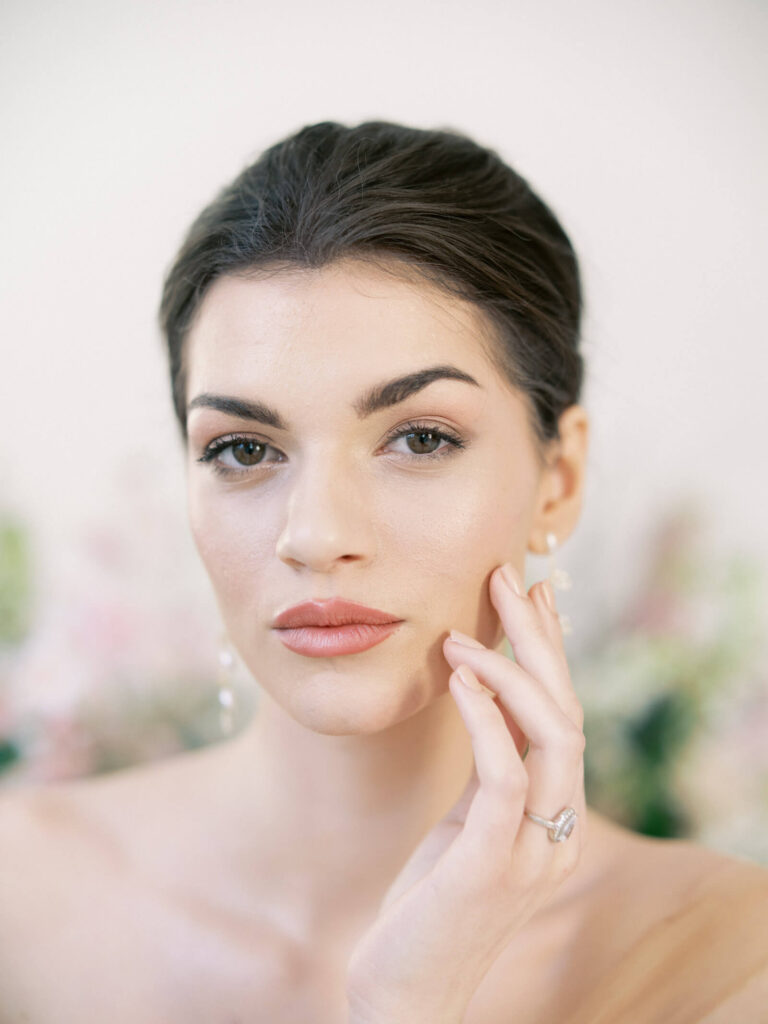
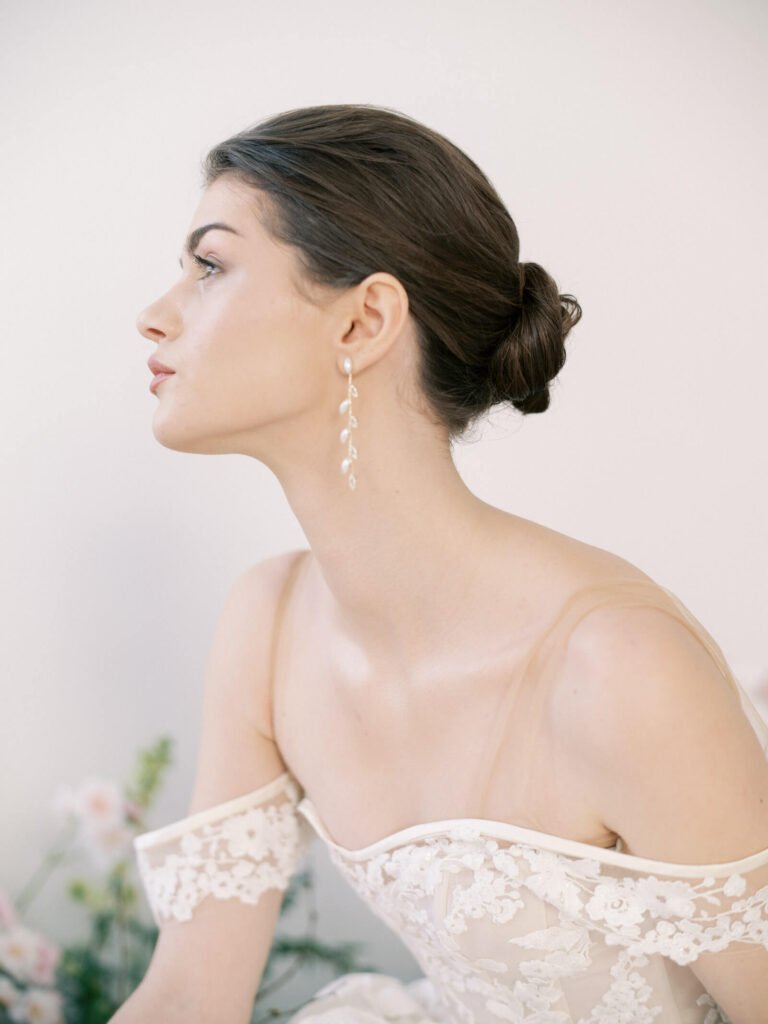
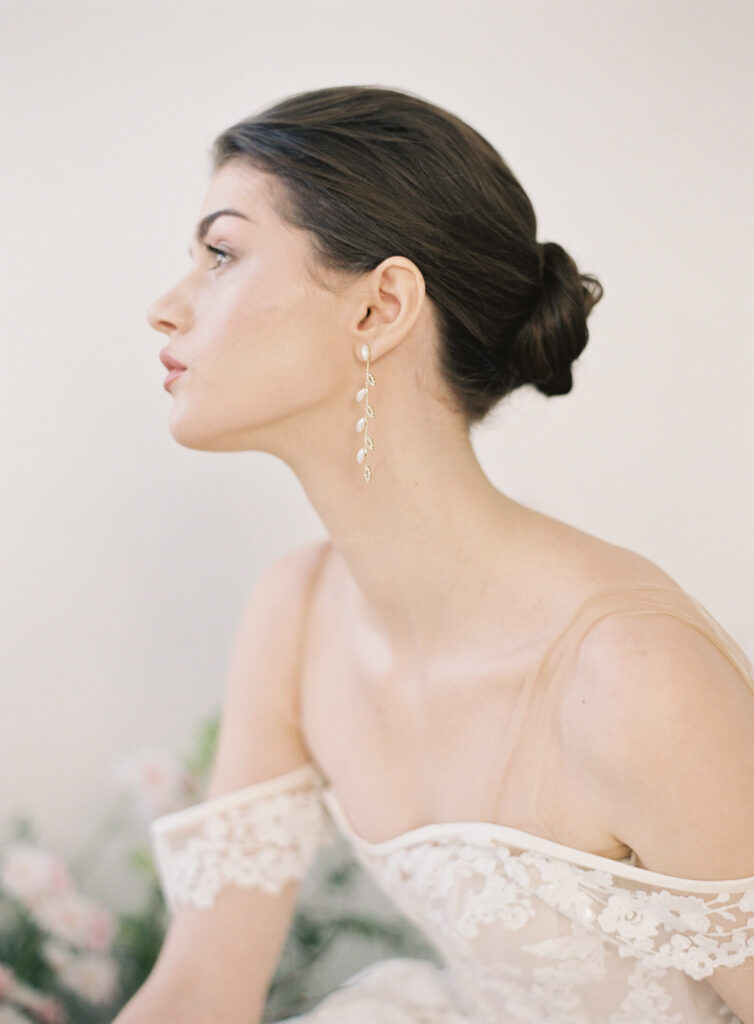
Shooting and Autofocus
While the autofocus with the Kipon 0.8x focal reducer works like a dream, I have to say the GFX 50S autofocus system is less than desirable. So this is the major downside of this setup. I already find the Contax 645 to be slow to autofocus and at a shallow depth of field can sometimes miss its mark. Therefore, I usually manually focus. But with aging eyes, maybe staring at computers for way too long, I find my manual focus keeper rate to be declining. I was hoping to find a reliable autofocusing system, and for new technology a digital camera should be able to accomplish this.
But as others have reviewed, the GFX 50S (and 50SII) uses contrast detect instead of phase detect autofocusing. This leads to slower focus speeds and more “hunting”. In my opinion, the autofocusing is similar to autofocusing on the Contax 645, but at least you can see the results in camera.
In road testing this camera setup through editorial, family, newborn, engagement, and maternity sessions, I have to say that I am able to get images I love. However I have found myself frustrated with the autofocus system on more than one occasion. I can use eye detection and it definitely works, but it has missed focus in moments that should be easy to find. In studio it seemed to perform much better than outdoors with more distracting backgrounds.
Focus peaking is a nice perk to manually focus the GFX but viewing the images in this way through the electronic view finder does not leave me inspired. So naturally I am starting to think about testing the GFX 100S. I will have to upgrade my 8 year old computer to process these insane file sizes!
Pros and Cons
A significant con of this system is the price. The Kipon 0.8X focal reducer is currently listed at $1210 USD, the coveted Contax Zeiss 80mm lens is selling used for close to $3000, and the GFX 50S used is around $2500 while the GFX 100S is $6000 new. In the long run, however, if I am able to save some money on film costs then it is worth it to me.
Some users with the Kipon adapter have reported “bricking” the electronics if the lens is connected to the camera and adapter while the camera is turned on. So make sure to always leave your camera off if you are dismounting your lens. Additionally, some users have seen a blue dot in backlit images but have been able to send in the adapter for a replacement. There is glass to create the 0.8X focal reduction but it has not appeared to affect image quality thus far in the testing that I have done.
To get digital images that I love has been a long journey, and I finally feel like I have found the best setup for mimicking Contax 645 film photos. While I am sometimes frustrated by the autofocus system of the GFX 50S, when it nails focus it is beautiful. And truly I cannot deny the results. The images are so indistinguishable from my film images that I am often unable to tell the difference. Sometimes, I even find myself preferring my digital images to my film images! I still love the process of shooting and creating with the Contax 645, and I don’t think I can ever part with film. But at least I can start reducing some cost without sacrificing quality and feel happy with what I am able to produce.
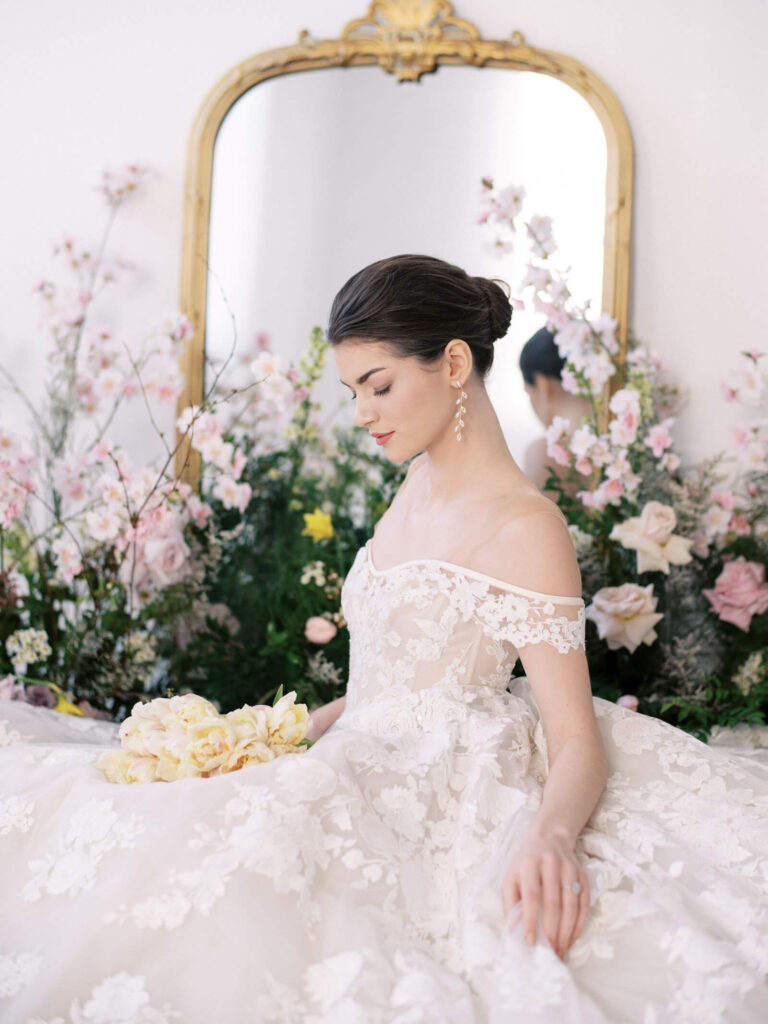
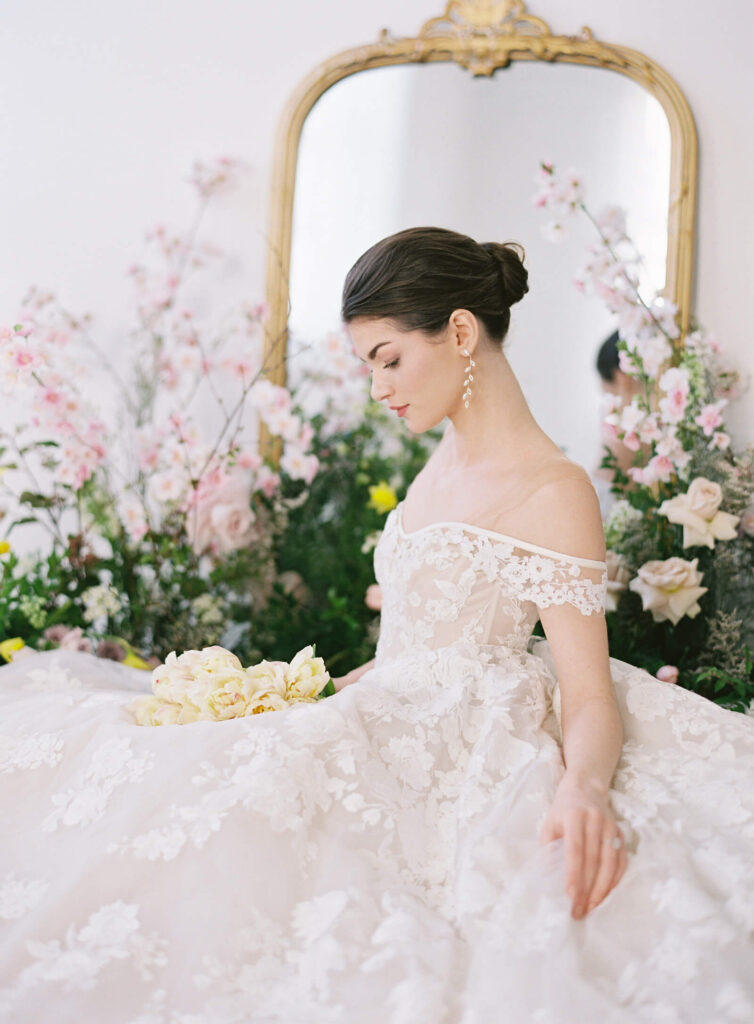
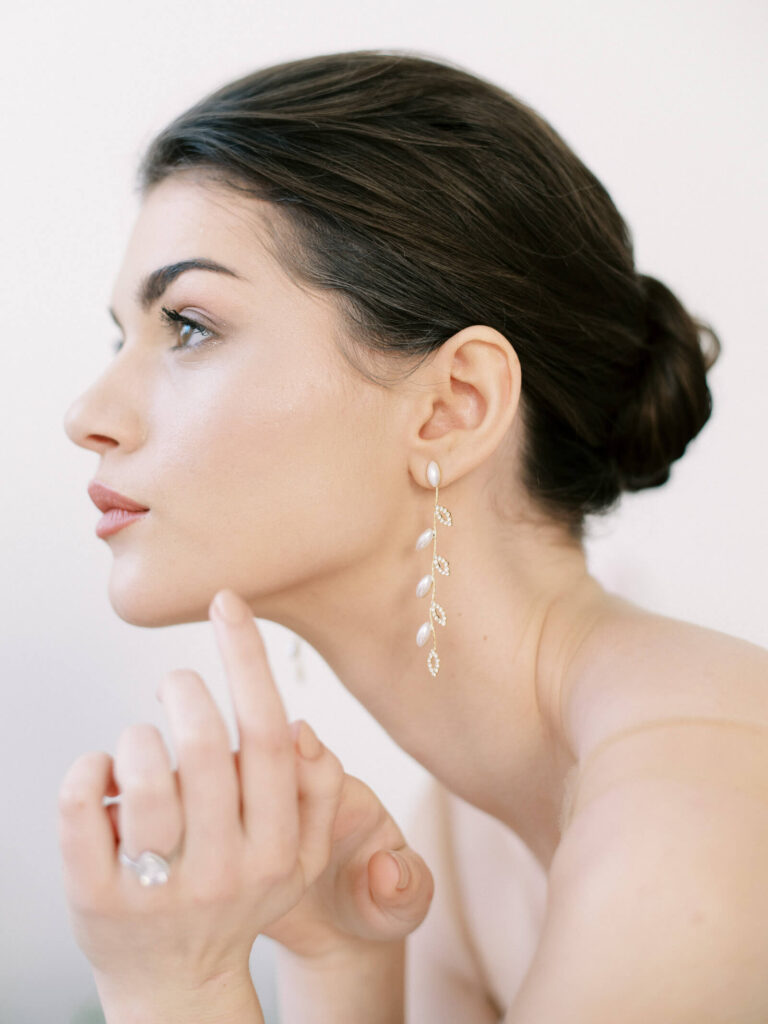
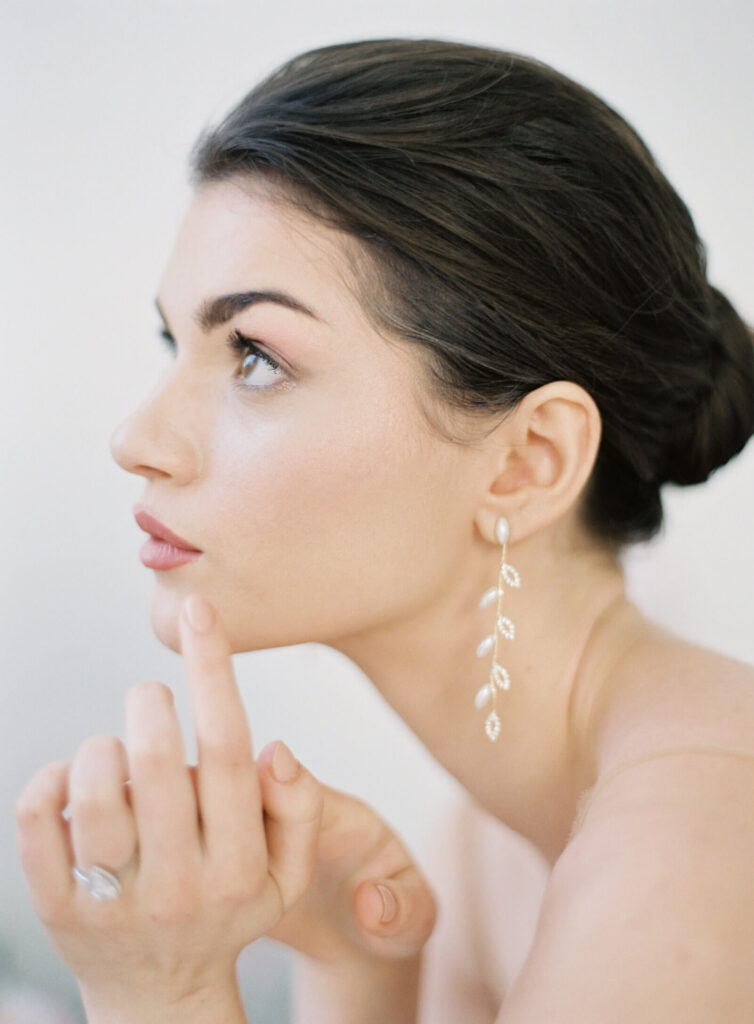

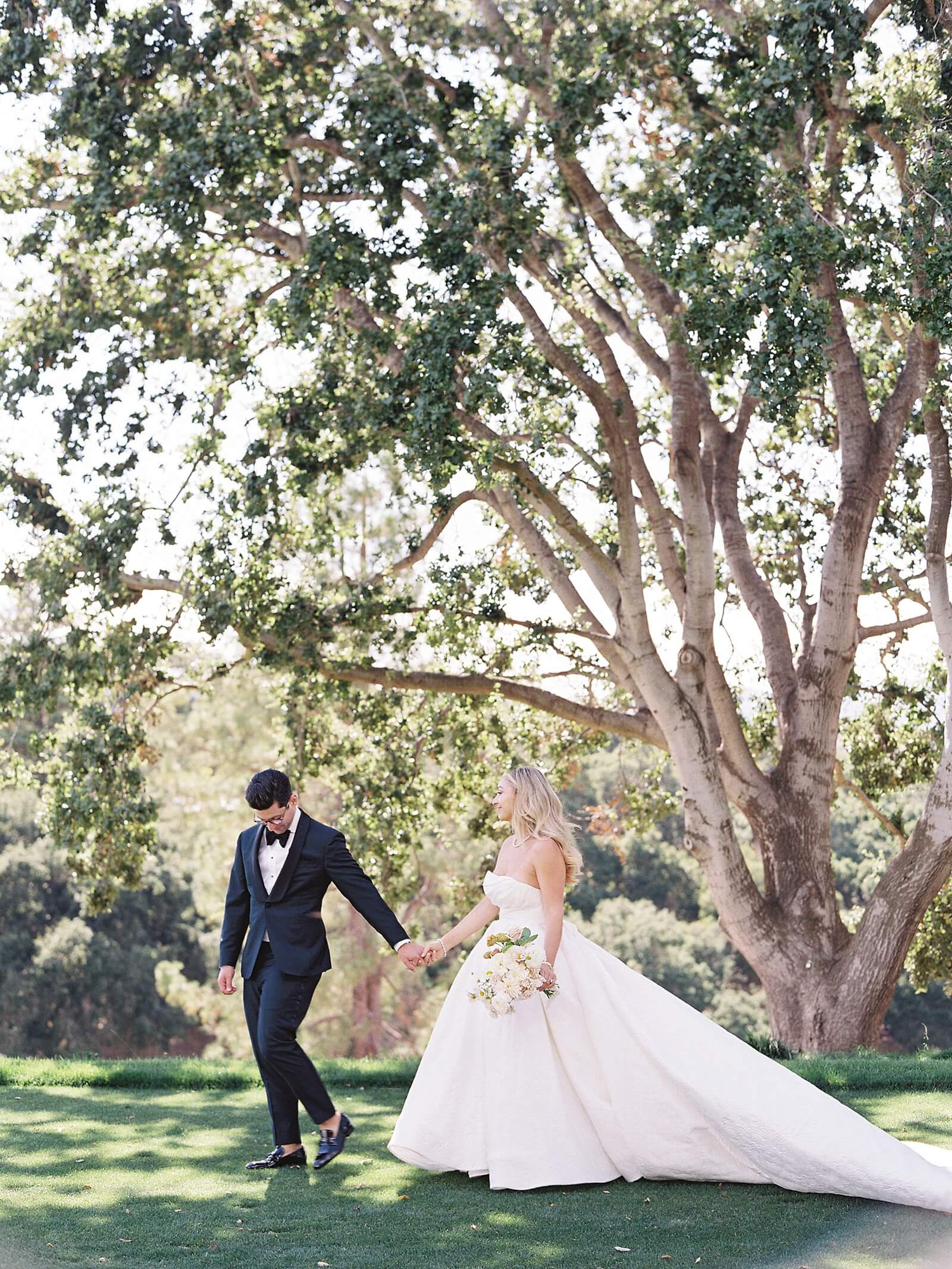


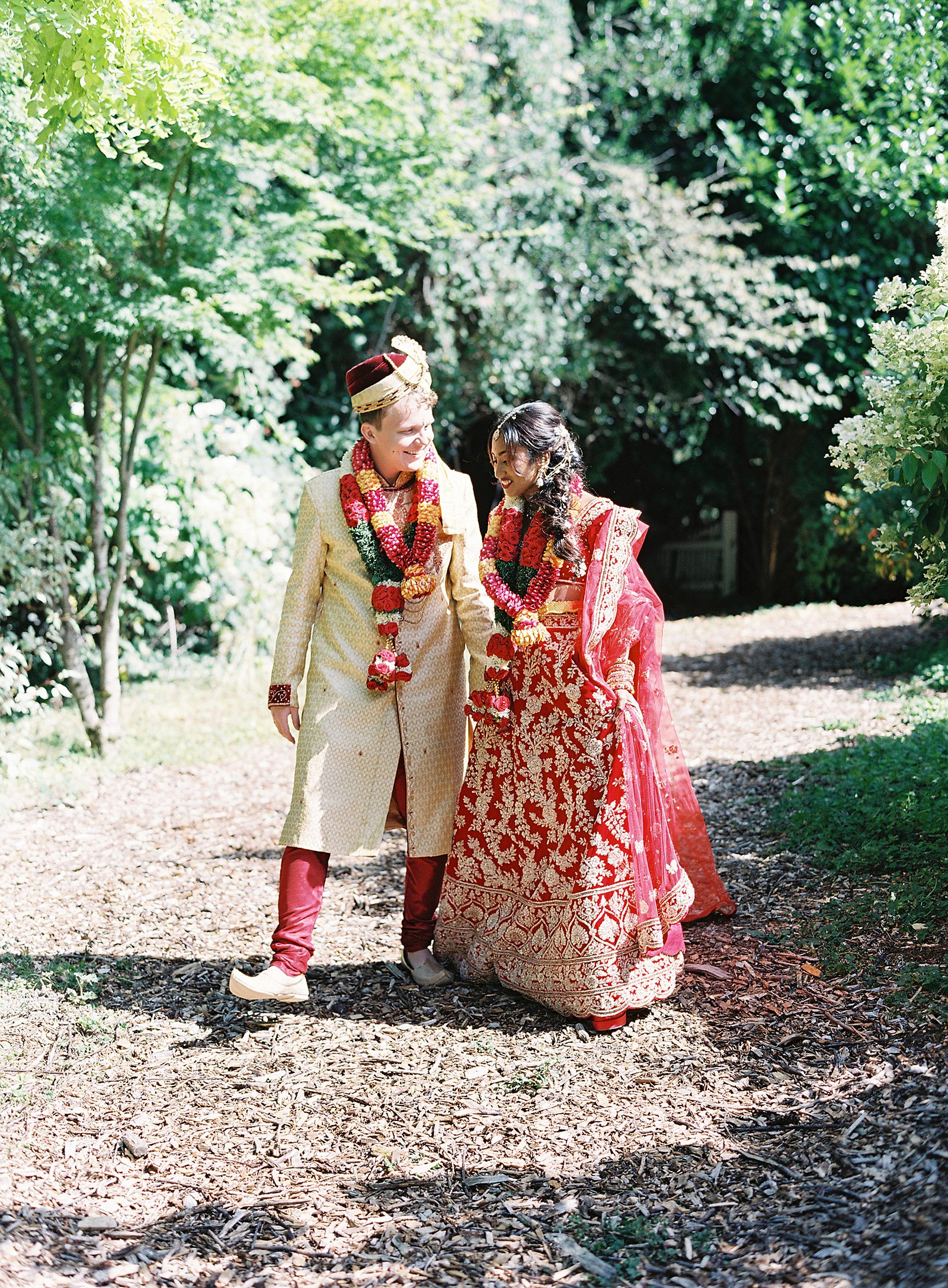
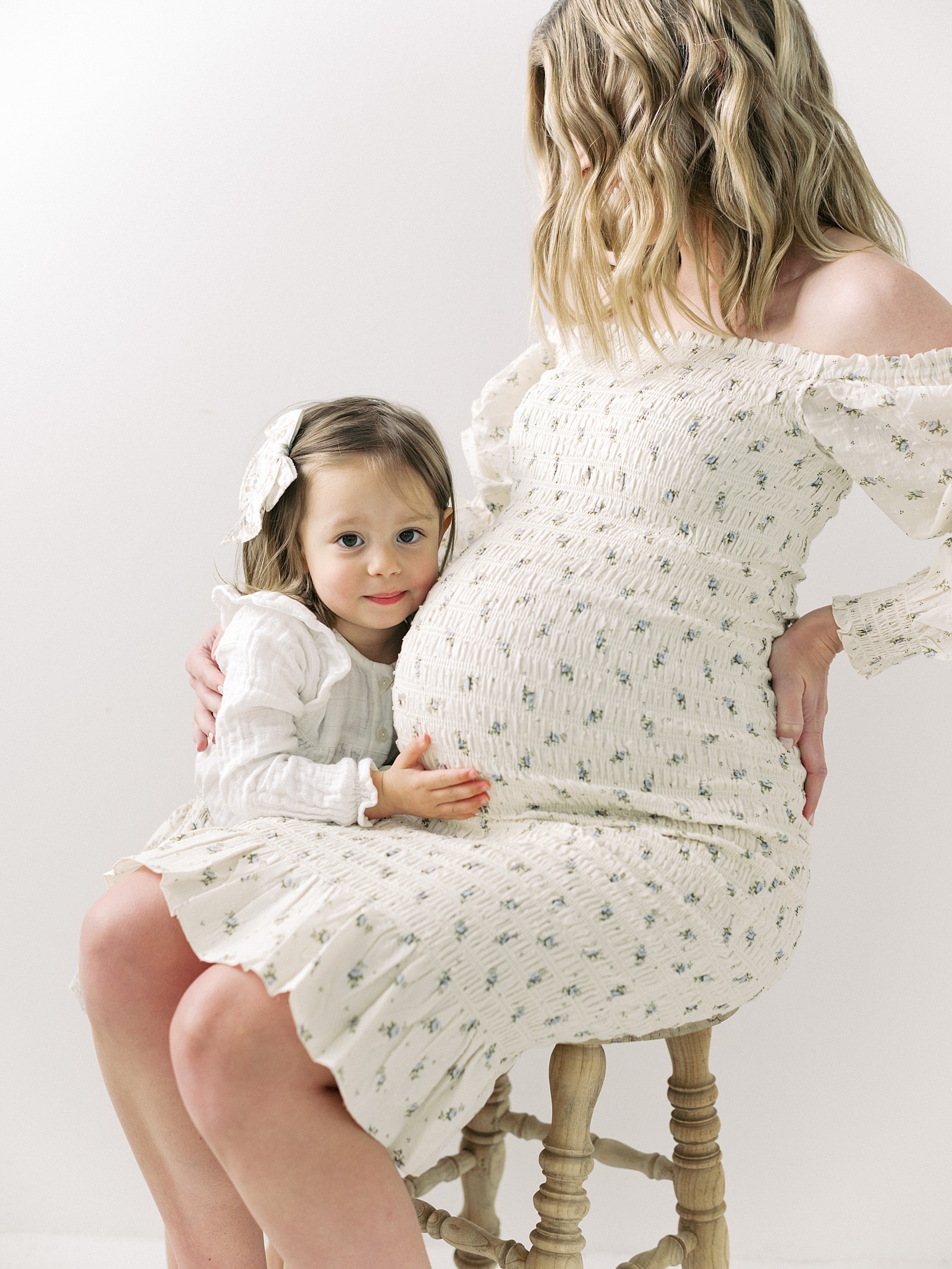
add a comment
+ COMMENTS